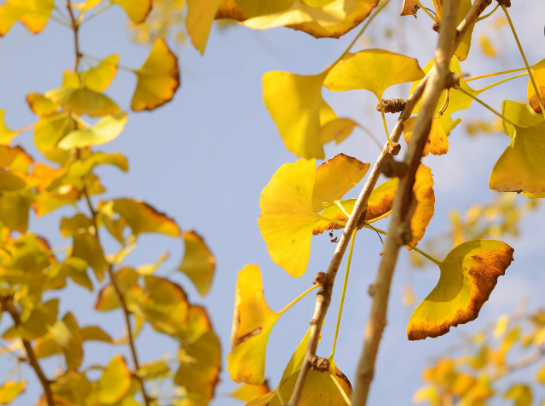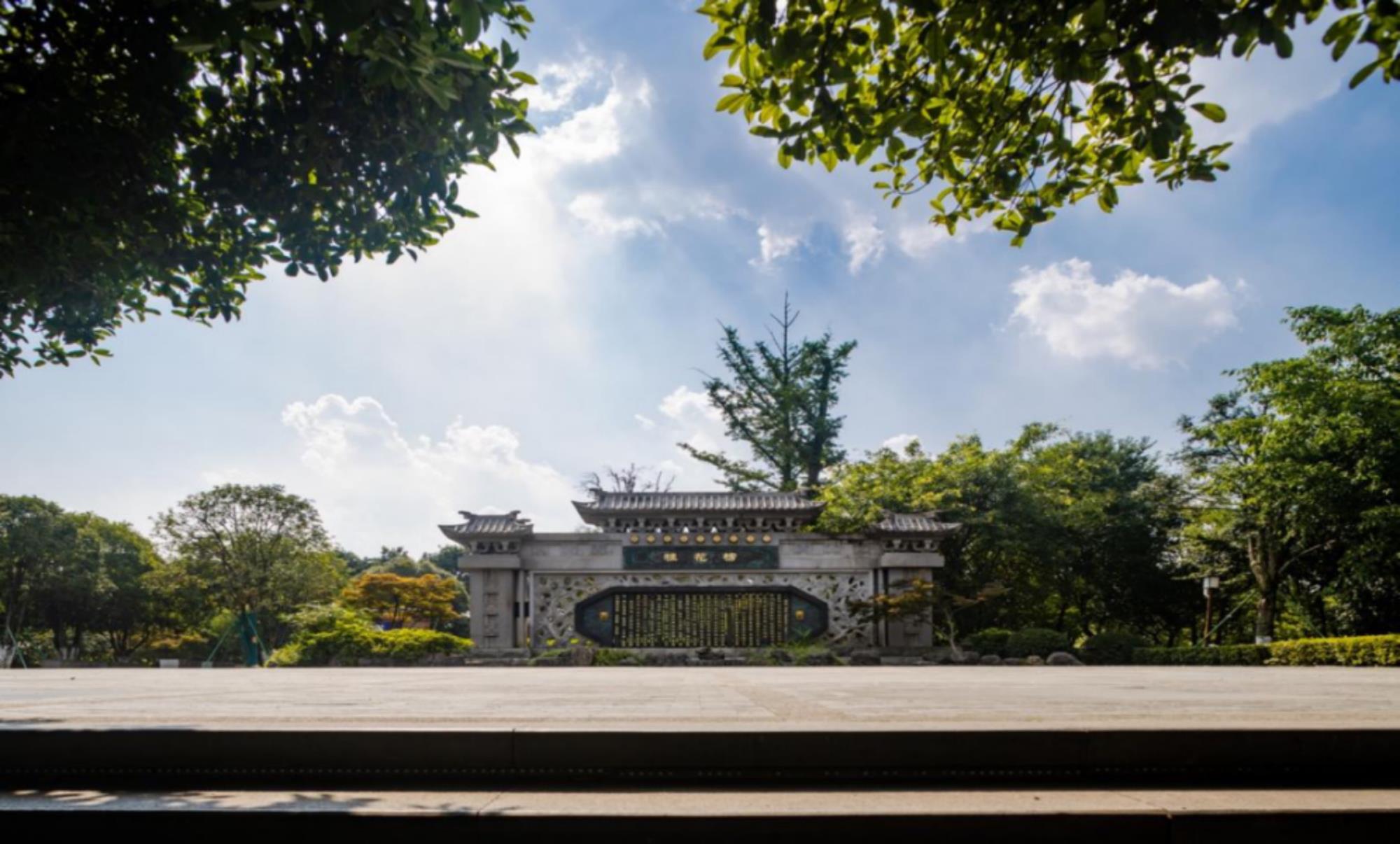
Ginkgo biloba L. (scientific name: Ginkgo biloba L.) is a plant of ginkgo family and ginkgo genus. Arbor, up to 40 meters high and 4 meters in DBH; The bark of the young tree is light longitudinal crack, and the bark of the big tree is grayish brown, deep longitudinal crack and rough; The crown of young and middle-aged trees is conical, and the old one is broadly ovate. The leaves are fan-shaped, long stalked, light green, glabrous, with many forked juxtaposed veinlets, 5-8 cm wide at the top, often with wavy notches on the short branches, often 2-lobed on the long branches, and wide wedge-shaped at the base. Strobilus dioecious, unisexual, in the axils of scaly leaves at the top of short branches, in clusters; Male strobilus catkin like, drooping. The seeds are long pedunculate, pendulous, and often elliptic, long obovate, ovoid, or suborbicular.
Growth habit:
The initial growth of ginkgo trees is relatively long, and the sprouting is stronger. Ginkgo trees are divided into male and female plants. The male plants do not bear fruit, while the female plants generally do not begin to bear fruit until 20 years later. Ginkgo trees generally start to sprout and unfold leaves from March to April, blossom from April to may, mature seeds from September to October, and start to shed leaves after October. [in the cultivation area, seedlings, stem transplanting seedlings or root tiller seedlings are commonly used for grafting, which can bloom and bear fruit at the age of 8-10 years in advance (the seedlings generally start to bear seeds after 20 years). Ginkgo biloba cultivated in various places has hundreds of years or more.
Curing method:
Ginkgo has a high demand for fertilizer and is a kind of fertilizer loving and tolerant plant. Therefore, scientific fertilization is an important part of its management. Generally speaking, the long leaf period of Ginkgo biloba is from March to April in spring, so it is appropriate to apply fertilizer to promote leaf growth. Fertilization is generally carried out around February, mainly with quick acting fertilizer and mixed organic fertilizer. 2-5kg of nitrogen, phosphorus and potassium compound fertilizer is applied to each plant, and 5-10kg of mixed organic fertilizer, such as rotten human manure and urine, is generally controlled according to the size of the tree. Summer is the long fruit period of Ginkgo biloba, so it is appropriate to apply the fertilizer to promote the long fruit. Generally, the fertilizer is applied in the first ten days of July every year, and 0.5kg urea is applied to each Ginkgo biloba plant. In case of continuous drought after fertilization, appropriate watering shall be conducted. Autumn is the defoliation period of Ginkgo biloba, so it is appropriate to apply the fertilizer that nourishes the tree body. September October is the time for ginkgo seeds to mature and harvest, after which ginkgo leaves. The root system of Ginkgo biloba reaches the second growth peak after harvest. Therefore, fertilization should be carried out after harvest to make up for the nutrients consumed by the Ginkgo biloba tree due to the fruit and ensure the continued high yield in the next year. Generally, farmyard manure is applied to the fertilizer for the body, and the best amount of fertilizer is 1kg for fruit production and 3kg for farmyard manure.




